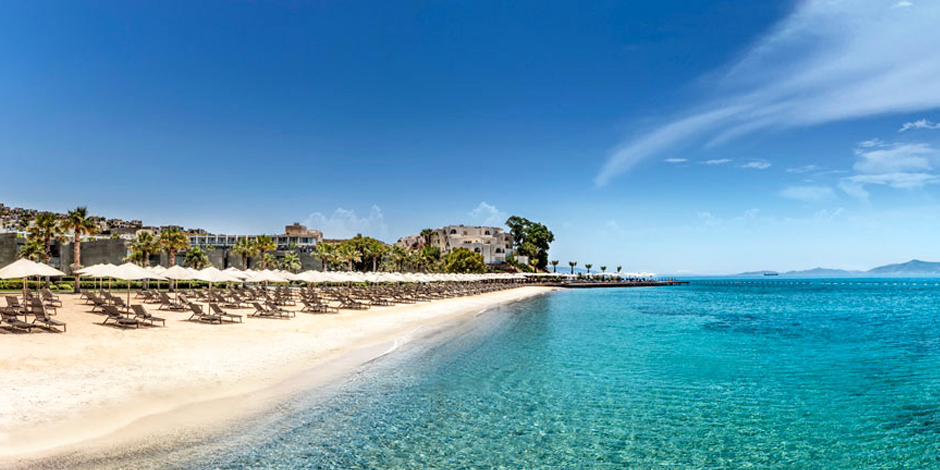Coastal tourism covers sea, beach, sun, scenery, biodiversity (whale bird coral), seafood. On the coasts, hotels should be arranged with coastal arrangements, diving sports, bird watching, boat trips, medical services, restaurants. 63% of European tourists prefer the coasts.
While there are touristic hotels mostly for foreigners on the Western Mediterranean and Aegean coasts in Turkey, domestic tourists have second homes on the Black Sea and Marmara coasts.
The climate of the Black Sea coast is not suitable for the development of coastal tourism. in the Black Sea; There are summer rains (1-2 days in the west, 5-6 days in the middle, 8-10 days in the east), which prevent tourism, the duration of swimming is 3 months, the daily sunbathing time is 9-10 hours, the relative humidity is over 70%. On the Aegean and Mediterranean coasts where the Mediterranean climate is dominant; The duration of swimming is 7 months between May and November, 11-12 hours of sunshine a day, summer drought and humidity are below 70%. The extremely sweltering summer temperatures on the Eastern Mediterranean coasts have hindered the development of tourism.
On the Aegean and Mediterranean coasts, the duration of sunbathing, air temperature, and high sea water temperature cause a long time to enter the sea. Coves and gulfs occupy more space, contributing to the development of coastal tourism. Large hotels and holiday villages have been built on these shores.
One of the criteria for coastal tourism is to have a blue flag. While Turkey was the 3rd country with the most blue flag beaches in 2014, it rose to the 2nd place in 2015. Spain is the 1st with 578 beaches, Turkey is the 2nd with 436 beaches, and Greece is the 3rd with 395 beaches.

